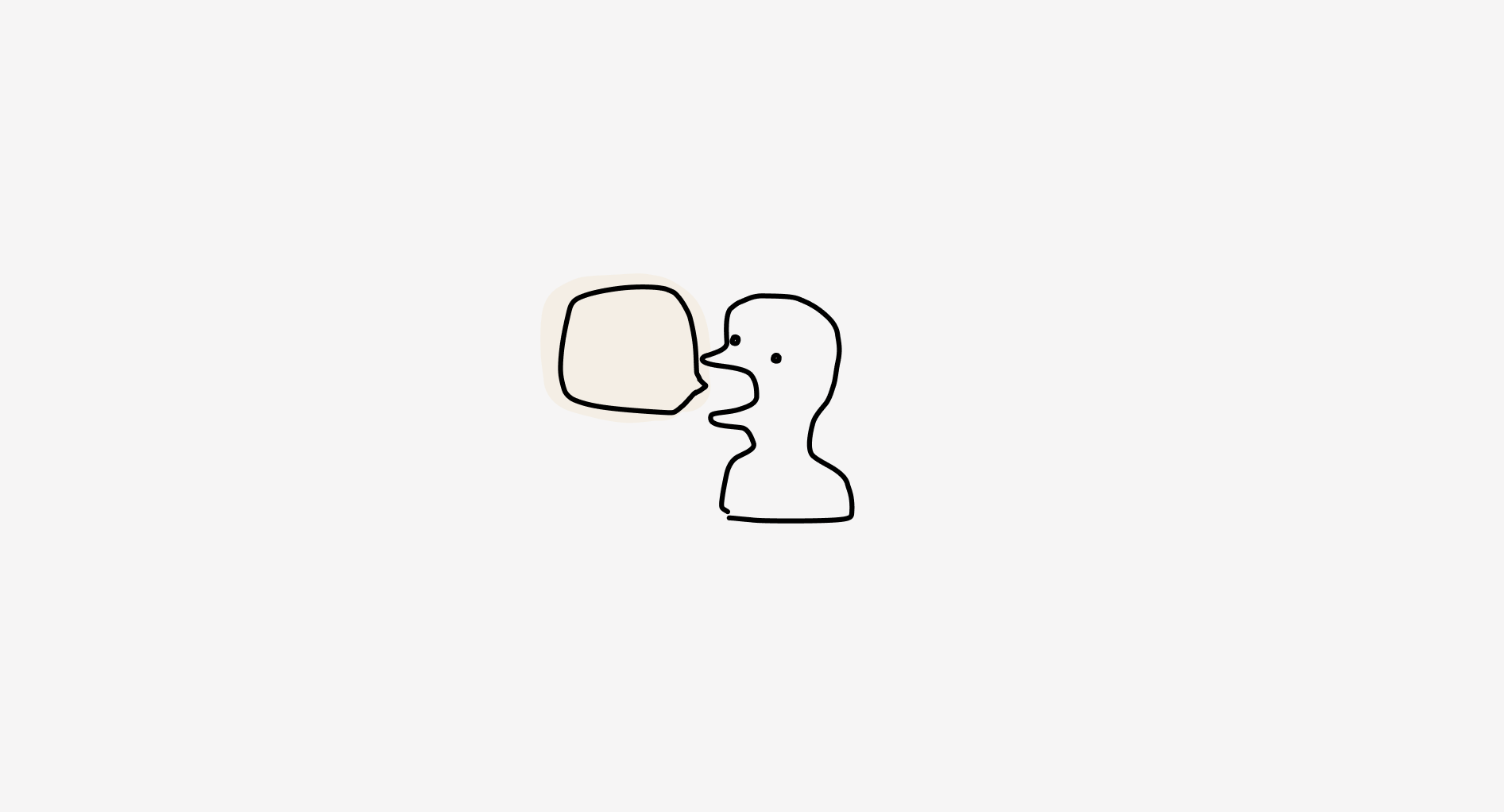Gut-check before opening Figma

There’s a familiar rush that comes from opening Figma right away. You drop in some frames, start sketching flows, and before long, the canvas is full of ideas. It feels like momentum. Like progress. Like designing. But if you watched my process, you’d mostly see Post-Its, notebooks, and long moments of quiet thinking. I spend a surprising amount of time just trying to understand what life really looks like for the people I’m designing for. I review my assumptions, draw rough ideas by hand, and then go back—again and again—until something clicks.
This slower front-end of the process is the reason projects I lead tend to ship on time and get built right. It’s why users often tell us, “This is so much better.” It’s how we move the metrics that actually matter. The truth is, design isn’t about moving fast or making things look cool. It’s not about trends, or gimmicks, or the next shiny idea. Good design is about certainty—certainty that you’re solving the right problem, that you understand the user’s world, and that what you’re building will have a meaningful impact.
Here’s a rough idea of my self-limiter, The Figma Gut-Check:
- Can I describe the user’s world so clearly they’d say, “That’s me”?
→ If not, I haven’t earned the right to design for them. - Can I write the problem in a single sentence, without buzzwords?
→ If not, I don’t understand it deeply enough. - Can I explain how this work connects to product or business goals?
→ If not, it’s just surface-level polish. - Can I tell the story of how this design helps—without showing a screen?
→ If not, the pixels won’t land.
If I can’t answer these with clarity, I’m not ready to start pixel pushing.
It’s easy to look like you’re moving fast when you rush into Figma, but more often than not, that speed masks confusion. Slowing down—taking time to think, to understand, to align—creates a foundation for speed later. You make sharper decisions because they’re rooted in clarity. You stay close to your user’s evolving experience. And in that closeness, insights surface more naturally, more often. That’s the secret: good design doesn’t move fast. It moves with purpose. And it always starts with clarity.